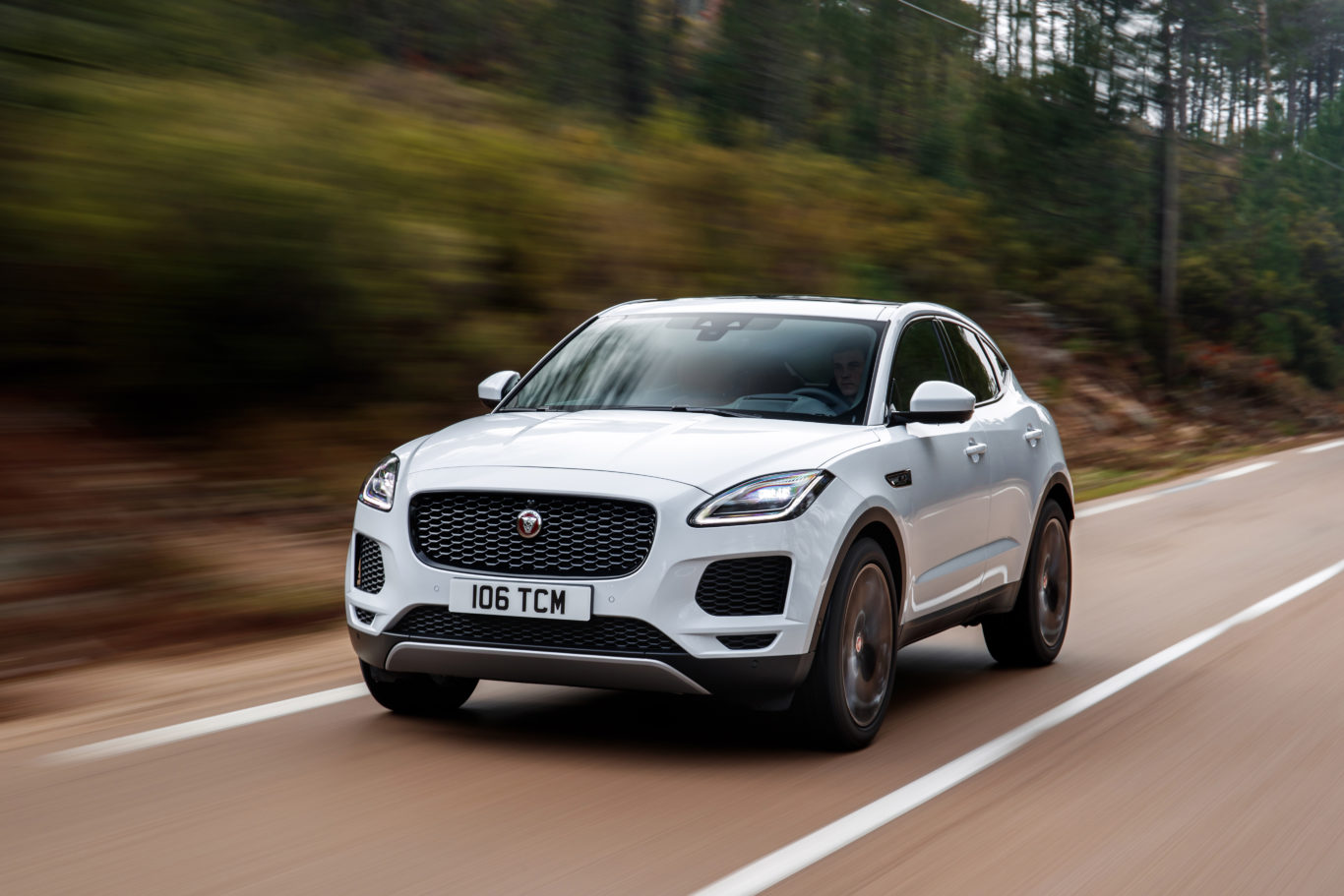
Jaguar Land Rover is said to be planning cuts of up to 5,000 jobs in 2019 as part of major cost-saving measures.
According to the Financial Times, the axe will form a major part of a £2.5 billion turnaround after the firm posted a disastrous £90 million pre-tax loss in the second financial quarter of 2018.
Market conditions in China were blamed for the slump, where the trade war with the US has halted consumer buying.
Jaguar Land Rover set to cut thousands of jobs in new year | Financial Times $TSLA https://t.co/u3uLRQz9CO
— David Tayar (@davidtayar5) December 17, 2018
Sales in the UK and continental Europe have also been hit, with Jaguar’s line-up, which is mostly diesel, badly affected by not only a fall in consumer demand for vehicles using the fuel but also the introduction of WLTP emissions-testing procedures. Uncertainty over Brexit has hit sales as well, and chief executive Ralf Speth warns that leaving the EU without a frictionless border could be disastrous not just to JLR but to UK manufacturing in general.
Speth announced cost-cutting measures in October when the firm’s financial results were released, but no specifics were given. However, the FT reports that up to 5,000 job losses are planned from JLR’s approximately 40,000 UK employees.
Around 1,000 jobs have already been cut at JLR’s Solihull plant, which produces the Range Rover line-up – minus Evoque – as well as the Jaguar F-Pace. Workers at the firm’s Castle Bromwich plant, which produces Jaguar’s range of saloon cars, are also currently operating on a three-day week.

In a statement, the firm refused to comment on any potential job losses, saying: “Jaguar Land Rover notes media speculation about the potential impact of its ongoing Charge and Accelerate transformation programmes.
“As announced when we published our second-quarter results, these programmes aim to deliver £2.5 billion of cost, cash and profit improvements over the next two years. Jaguar Land Rover does not comment on rumours concerning any part of these plans.”

Enjoy the convenience of having The Sunday Post delivered as a digital ePaper straight to your smartphone, tablet or computer.
Subscribe for only £5.49 a month and enjoy all the benefits of the printed paper as a digital replica.
Subscribe